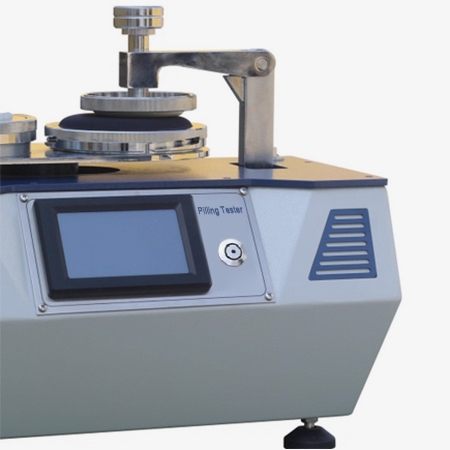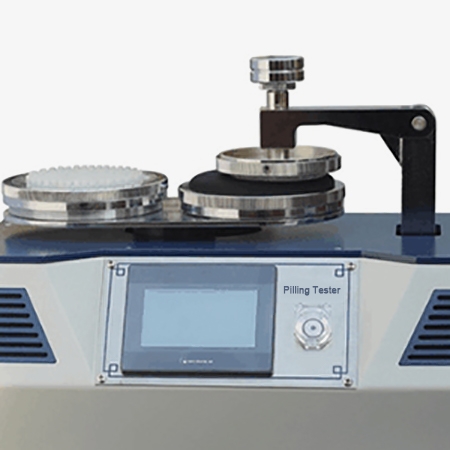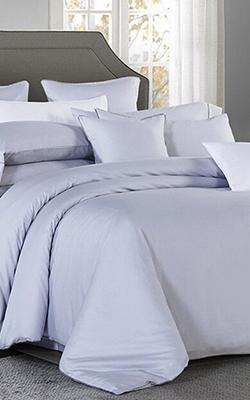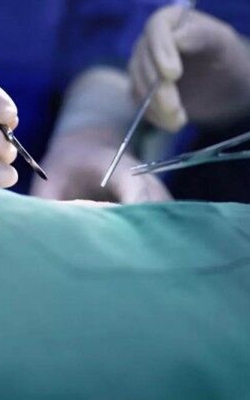The pilling tester machine with 40mm + 1mm circular trajectory features a touchscreen for easy adjustment of parameters such as friction times, rotation speed, and test time. The nylon brush is height-adjustable, and the abrasive disc is durable. The pilling resistance tester moves at a speed of 60r/min, simulating everyday friction and testing fabric pilling.

High-definition touchscreen for convenient test parameter adjustment
- The pilling tester machine's parameters, including the number of frictions, speed, and test time, can be set directly via the touchscreen, offering intuitive and convenient operation.
- During the pilling test in textile, the touchscreen displays real-time operating status, remaining time, and the number of frictions, allowing the operator to monitor progress easily.
- The pilling tester is equipped with a digital display and control panel for convenient setting of the number of frictions, time, and other parameters.
- Pilling resistance test progress and results can be viewed intuitively, making the operation easy. Automatic data recording and test completion reminders improve fabric pilling test efficiency and accuracy.

Hard abrasive disc with optional weights
- The pilling resistance tester's disc is covered with wool felt, sandpaper, or a standard friction cloth to simulate everyday friction conditions.
- A specimen holder secures the fabric sample to ensure uniform testing. Weights of varying weights (100cN, 290cN) can be added to adjust the friction pressure.
- A precision motor controls the disc's rotation, creating the fuzzy pilling tester's circular friction motion. This simulates the pilling and fuzzing that fabrics experience during daily use and friction.
Application
The circular locaus pilling tester is a device specifically designed to evaluate the pilling properties of textiles. Fabric pilling testers can be widely used for fabric pilling tests on materials such as clothing, home textiles, automotive interior materials, and medical protective fabrics.

Household Textiles

Automotive Interior Textiles

Medical Protective Fabrics

Clothing
| Model | SISCO-PT-YG502C |
| Type | Circular locus pilling tester |
| Motion Trajectory | φ 40mm ± 1mm circular trajectory |
| Motion Speed | 60r/min ± 1r/min |
| Brush Height | Adjustable from 2mm to 10mm |
| Counting Range | 1 to 9999 |
| Dimension |
550×260×400mm |
| Power Supply | AC220V ± 10, 50Hz, 90W |
| Specimen Specifications | Circular shape with a diameter of 113mm |
| Weight | 35kg |
Q1: What is a pilling tester?
A1: The pilling tester is a specialized test device used to evaluate the degree of surface fuzzing and pilling of textiles (such as woven and knitted fabrics) under friction conditions. It quantifies the fabric's pilling resistance by simulating the friction experienced during daily wear or washing.
Q2: How does a fabric pilling tester work?
A2: The fabric pilling tester applies a specific pressure to the specimen, contacting it with a standard abrasive (such as a nylon brush, sandpaper, or cork backing). The mechanical motion creates friction, leading to fiber breakage, fuzzing, and ultimately, pilling. During the pilling stage, the fiber ends detach from the fabric surface due to friction, forming fuzz. During the pilling stage, the fuzz entangles into balls, some of which fall off due to continued friction.
Q3: What is the function of a pilling tester?
A3: The pilling tester machine simulates the frictional environment fabrics experience during wearing, washing, and daily use by applying friction, pressure, and motion. It also measures the fabric's resistance to pilling by detecting whether fibers on the surface tend to loosen, tangle, and form pills. The test results can guide the apparel, home textile, and other industries in selecting more durable fabrics, enhancing the comfort and lifespan of end products.
Tips: How do I choose the right pilling tester for my fabric?
Depending on the standard and fabric material, circular or rotary pilling testers are suitable for knitted fabrics; random or flat friction pilling testers are ideal for woven fabrics. For wool fabrics, a wool-covered disc or circular friction device is recommended. For synthetic fabrics, a tester with adjustable weights and friction speed is recommended. For large-volume testing, a pilling tester with multiple fixtures is recommended. Fabric pilling testers with a counter or automated software can improve testing accuracy and efficiency.
Thank you for buying industrial test and measurement equipment on SISCO.com, all products sold by SISCO and the partner cover a 12 months warranty, effective from the date of receiving the products.
What is covered?
SISCO is responsible for providing free spare parts, and free technical support to assist the customer to repair the defective products until the problem is solved.
What is not covered?
- Product purchased from anyone other than a SISCO store or a SISCO authorized reseller.
- Expendable parts.
- Routine cleaning or normal cosmetic and mechanical wear.
- Damage from misuse, abuse or neglect.
- Damage from use of parts other than SISCO approved.
- Damage from use outside the product’s usage or storage parameters.
- Damage from use of parts not sold by SISCO.
- Damage from modification or incorporation into other products.
- Damage from repair or replacement of warranted parts by a service provider other than a SISCO authorized service provider.
- Damage caused by the application environment not meeting the product usage requirements and the failure to perform preventive maintenance.

